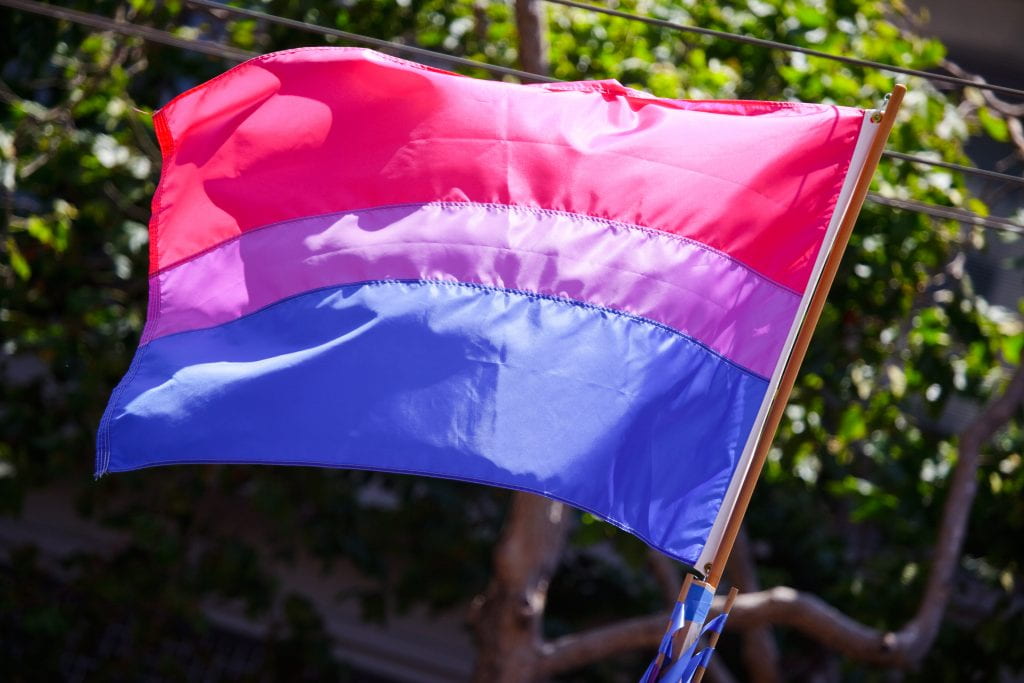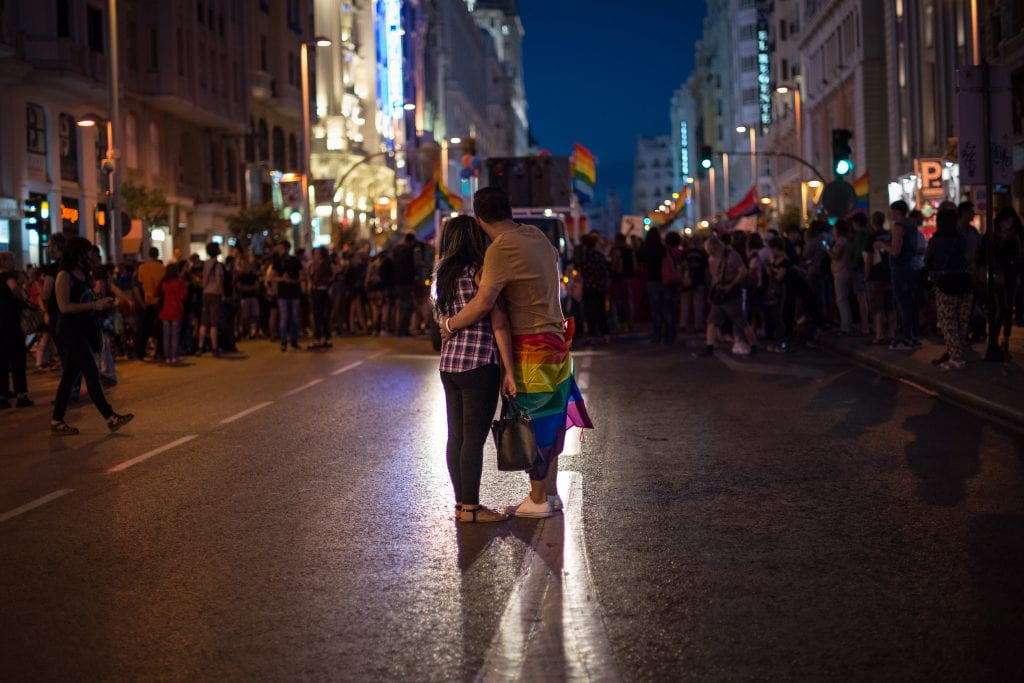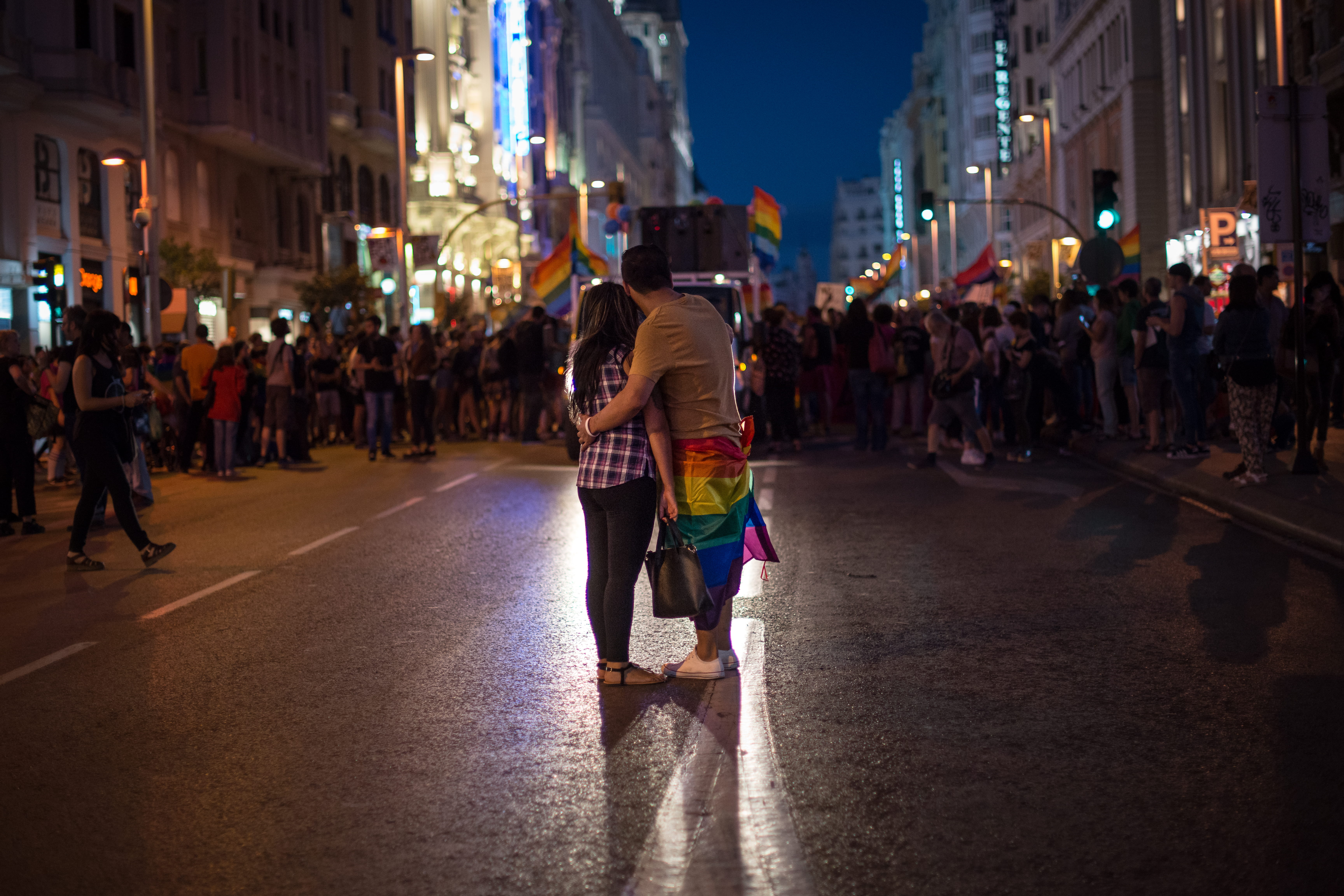Of the identities that together form the full rainbow of the LGBTQ+ community, the “B” is one of the least visible despite its sizable population. Per the San Francisco Human Rights Commission, “self-identified bisexuals make up the largest single population within the LGBT community in the United States.” LGBTQ+ refers to all of the people who identify as lesbian, gay, bisexual, transgender, and queer (a reclaimed term used to refer to all other identities not represented by the ones listed). However, not all people feel represented by the word “queer,” and the plus sign is meant to be inclusive of those communities.

To understand the experience of bisexual people, one must first understand the basics of gender and sexuality. Gender is a term that describes the social representation of biological reproductive processes, while one’s gender identity is based on personal identities, or the “internal perception of one’s gender” (SafeZone Project). Gender is what most people attach words like “man” and “woman” to, but can encompass a variety of identities such as agender (one who does not experience gender identity), polygender (one who experiences multiple gender identities), and genderfluid (can experience a combination of gender identities depending on the day). Sexual orientation is the “sexual, romantic, emotional/spiritual attraction” that one experiences, often depending on which gender/genders that they are attracted to. Straight, gay, lesbian, bisexual, pansexual, and asexual are all examples of different sexual orientations, though a wide variety exists in addition to those listed.
Bisexuality (bi) does not have one all-inclusive definition, but the term “bisexual” generally refers to a person who experiences attraction to people of their own gender as well as people outside of their gender. The experience of bisexuality can be shared by pansexual people. The two terms overlap, as pansexual people experience attraction regardless of gender. Typically, one differentiates between the two identities with respect to how an individual identifies themselves; some bisexual people could technically be called pansexual (and vice versa), but the most inclusive practice is to respect each individual/community as they define their own experience.

Semantics aside, bi people have faced a long history of adversity with very little notoriety. Bisexuality as an identity has been chronically invalidated, demonized, and even blatantly ignored. Discrimination towards bisexual people has long been enforced by a heterosexual society, but many bi people have experienced discrimination from within the LGBT community as well.
According to the oldest bisexual advocacy organization in the United States, bisexual people are more likely to live in poverty, have higher rates of sexual and intimate partner violence, and report higher rates of poor physical/mental health than lesbian, gay or straight people. Research from the same source reveals that “bisexuals are six times more likely than gay men and lesbians to hide their sexual orientation,” and nearly one-quarter of bi people have never shared their orientation with anyone.
One might expect a stronger community backlash to this level of inequality, but biphobia is so pervasive that few dare to speak out. Biphobia, or the aversion to bisexuality, is experienced frequently by bisexual people while in the company of others who assume that they are either heterosexual or homosexual (depending on the bi person’s partner). Bisexuality is a unique identity in that a bi person is not defined by the gender of their partner, and this heteronormative invisibility is what makes the bi existence so difficult. UC San Diego’s LGBT Resource Center puts it this way:
“Lesbian, gay, and heterosexual people are invested, and find a sense of security in being the ‘other’ to each other, and unite in the fact that they are only attracted to either the ‘same’ or the ‘opposite’ gender/sex. This sets up another ‘us’ vs. ‘them’ dynamic which effectively marginalizes bisexual people as ‘other.’ Integral to this dynamic is the automatic assumption people can be defined by the gender/sex of their current or potential romantic interest.”
An openly bisexual person often experiences the condescending attitudes of those who think that it’s just a phase. Straight people assume that bisexuals will eventually revert back to heterosexual “normalcy,” while LGBTQ+ people may assume that the bi identity is merely a “half-gay, half-straight” phase that will culminate in a homosexual identity later on. However, research provides data to the contrary – a longitudinal study found that 92% of bisexual women still identified as bisexual over ten years later. To be clear, sexual orientation is not validated or invalidated based on its fluidity. This data only provides evidence that bisexuality can be a stable orientation. These attitudes are reinforced by the assumption that society is separated into a heterosexual norm and a homosexual other, leaving little room for the huge spectrum of sexuality that falls between gay and straight.

The statement “I’m bisexual” can also lead down a different but equally terrible path – the inevitable, half-joking “That’s hot!” or “Oh, so you want to have a threesome?” The stereotype that bisexual people are hypersexual is both degrading and exhausting. “Hypersexual” stereotypes assume that certain people are more likely to frequently engage in sexual activity with a lesser degree of moral restraint; this stereotype is applied to many identities other than bisexuals, and is particularly common for black and Latina women. Far too often, the experience of coming out as bi in addition to the perception of hypersexuality ends in an unwanted sexual invitation that can be traumatic, particularly considering the high rate of sexual violence among the bi community. The can permeate and negatively affect bisexual relationships, as their partner may struggle with trust issues resulting from this widespread misrepresentation. Some people may even avoid relationships with bisexuals altogether for fear of infidelity.
Each of these experiences results in the invalidation of bisexuality. Being bisexual is valid in itself, not as a stepping stone to a different sexual orientation or as a prop to spice up your heterosexual love life. Additionally, bisexuality is not the easy way out. An assumption exists that, even if the bisexual orientation is valid, bi people will eventually settle down into an opposite-gender relationship in order to bypass social discrimination that accompanies an LGBTQ+ identity. However, bisexual people in heterosexual-passing relationships are still equally affected by discrimination, biphobia, and invalidation; “passing” as straight does not negate the hardships that are tied to the bisexual experience.
Biphobia, invisibility, and discrimination are some of the most subversive yet malicious tools that are used to maintain the societal fabric of heteronormativity. Limiting or invalidating the bisexual orientation only strengthens the gay/straight dichotomy that holds us all back from freely experiencing the full spectrum of sexuality and gender. It’s easy to proclaim that the system should change, but realistically, what can we do to reduce injustice for bi people? First, you should examine your own thoughts and attitudes towards bisexuality. It’s easy to be complicit in biphobia and erasure if you aren’t aware of your unconscious bias. If you find and acknowledge any prejudicial tendencies, challenge those thoughts. Don’t assume a person’s sexual orientation based on their partners – ask them! If you witness a casual biphobic joke, call it out instead of being silent. Make room for bisexual people within the LGBT community. Above all, respect everyone’s identity enough to support and validate the terms that they choose for themselves.

